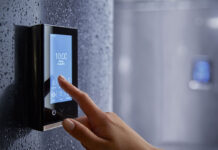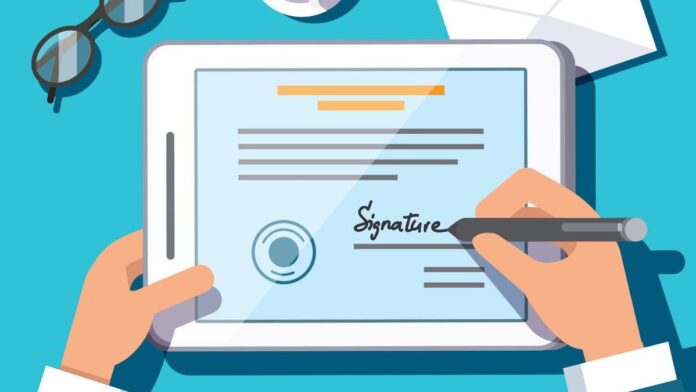
With growing disruptions and recent chaos in the healthcare system, the expectation of customers is at an all-time high. The behavioural needs of modern customers are they expect “in demand” solutions and speed. Busy people are relying more & more on their mobile phones to get things done.
There is an urgent need to scrap traditional methods as healthcare organizations lag behind retail, travel and other industries at embracing customer-centricity.
An electronic signature is simple and easy to use in today’s hyper-connected world. Let’s take a look at some key ways e signatures can help the healthcare industry get with the times.
How E-Signatures Do Away With Repetitive Signing
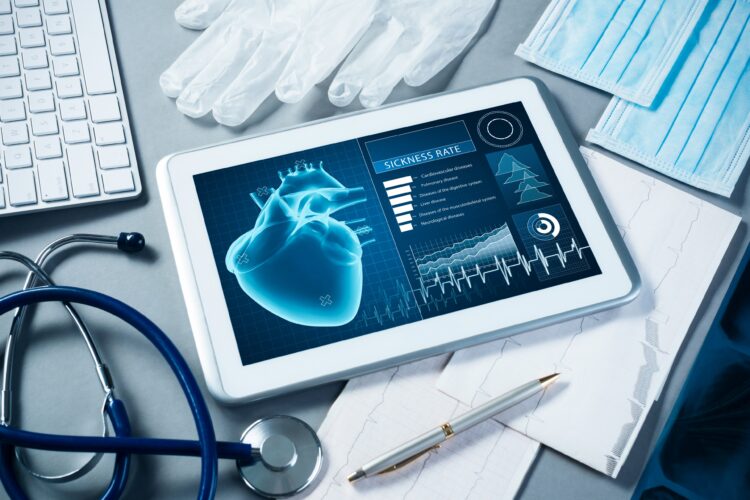
When it comes to signing contracts, e-signatures are legal and valid for the life of that contract in many jurisdictions. They negate the need for any form of repetitive signing of page after page of paperwork. Instead, one e-signature can cover the entire document.
Compare that to the traditional pen on paper method, where multiple pages in one contract might have to be signed manually and possibly in person.
As far as the medical profession goes, e-signatures create improved relationships with customers/patients, as the patient only has to sign with an e-signature once and that signature can be applied across multiple pages, documents and patient files. This saves time and frustration and enables the patient to receive the care they need sooner.
Is An E-Signature Secure?

If you are unaware of how e signatures work, you might think that pen on paper signatures are more secure and legitimate. That’s not true, though.
Some laws govern the security of e-signatures, such as the ESIGN Act and UETA. Electronic signatures are as legally binding as the traditional pen and paper method. Robust security and encryption surround every e-signature, making them more secure than the old way of signing paperwork.
Add the fact that hard copy signed documents can be lost and misplaced, and it’s easy to see that digital documents that have been electronically signed are far safer, secure and more reliable. For patients, this means their documents are directly routed to the correct patient file upon signing.
Signature Counterfeiting Is Eliminated With E-Signatures
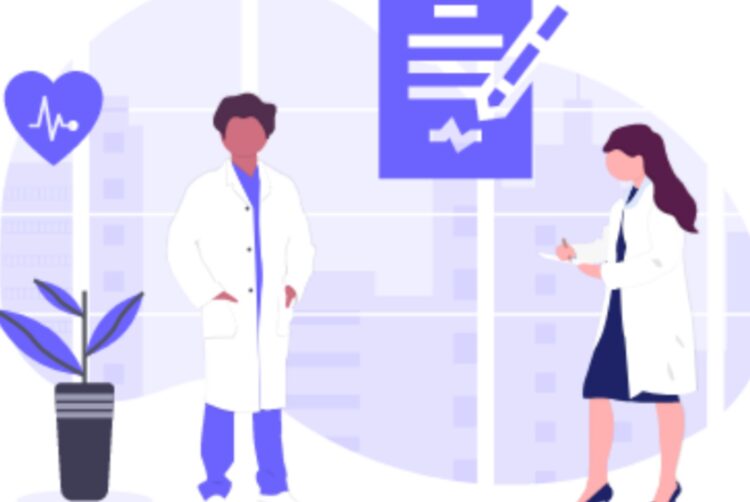
Physical signatures can more easily be forged. With electronic signatures, this is next to impossible, as the e-signature software not only records the signature but also verifies it and tracks it.
Audit trails follow the journey of every e-signature recorded. If any discrepancy is detected, it can be pinpointed in rapid time to make sure there are no delays for the patient.
Save Time and Reduce Overheads
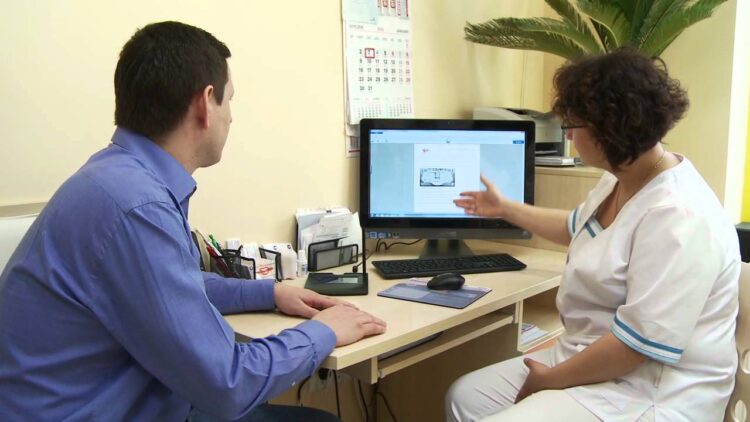
Because multiple signatures are not required, and e-signatures can even be signed remotely, this saves a lot of time as well as helping to reduce healthcare overheads. Less paper is being used, less time for printing and sorting documentation. Paperwork doesn’t have to be mailed to anyone, and there are no time delays in getting relevant documents signed.
Often are times patients will get clinical reports from doctors in regards to their wellbeing status. Such reports are basic since they become a premise by which patients settle on imperative choices. A choice that a patient makes turns into their next activity plan. Such reports need to shoulder a doctor’s signature so that on the off chance that they lead to the patient creation and off-base choice, the patient can hold the specific clinical expert at risk. Marking records will guarantee the content can get to the material from any electronic device that permits one to get to a database.
Electronic documentation has paved the way for much faster processes. Still, unless e-signature technology is a part of that mix, the speed and efficiency will all grind to a halt once documents have to be manually signed. For instance, Lightco provides one such platform for digital customer interactions to collect forms, documents, e-signatures, payments, consent to disclosures and much more, even while they have customers on the phone which empowers various industries.
It only makes logical sense for e-signatures to form a part of the electronic document chain. They save time, money and headaches for medical staff as well as patients.
Electronically Signed Documents Are Far Easier To Locate

Each patient in any hospital consistently has a record where their reports get kept up. A large portion of those records respects the wellbeing status of the specific patient. Patients will regularly be required to sign those reports. Doctors likewise sign those archives or reports at whatever point they do registration on the patient. E-signatures can be utilized to sign those archives/reports by doctors and patients as opposed to doing a manual marking. An electronic sign is enduring and agreeable than a manual mark. Furthermore, patients can sign the reports from anyplace without being available inside the clinic premises thus setting aside time and money.
Patients can add electronic marks on the medical expense as opposed to marking physically. Manual marks now and then blur away and make it difficult to demonstrate whether the report was endorsed or not. If there should arise an occurrence of such frequencies, a given patient may wind up paying again henceforth causing them twofold instalment. To check such conditions, an electronic signature can be utilized by patients likewise considering such marked doctor’s visit expenses gets imparted to a patient for their references.
Having all patient files and documentation in electronic form means information can all be readily available at the click of a mouse.
The old traditional method in hospitals and doctor’s surgeries was to go through files of papers to search for documents, a very tedious and time-consuming process. Digital documents are no different from locating something on your computer with a quick search. However, for this to become such a fast and efficient process, e-signature technology also needs to be adopted to completely streamline the procedure and make the electronic process complete and 100% digital.
If a patient calls or visits a healthcare professional, their file can be retrieved within seconds. If that patient needs to sign some new electronic documents from home, they can do so via their mobile phone and have the signed documents returned almost instantaneously.
HIPAA Compliance and eSignatures
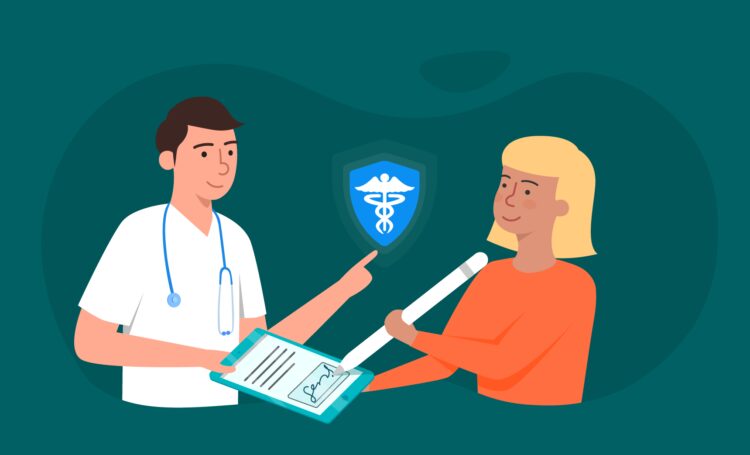
HIPAA is a set of protocols to protect personally identifiable information (PII) of patients. This information must be kept safe in all systems connected to the health and medical file of the patient. This is particularly important when selecting a HIPPA Compliant eSignature solution.




